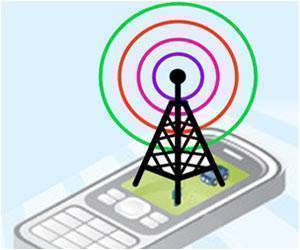Neuroscientists from Bochum have proved that extremely high-powered electromagnetic fields (EMFs) indeed influence learning processes on the synaptic level within the brain.

For the experiment, rats were placed into differently powered non-thermal HEFs in the UMTS (Universal Mobile Communication System) operating range. Synaptic learning and memory formation were analysed by electrophysiological methods. Furthermore, all animals were tested for stress hormone release immediately following the HEF exposure.
Although there was daily training and effortless contact to the exposure environment, increases in blood derived stress hormone levels could be detected for all exposed groups. The stress clearly influences learning and memory formation on the synaptic level in the rat brain. High powered EMFs (SAR 10 W/kg) also have a significant effect on learning and memory formation. In contrast to this, weak EMFs (SAR 0 and 2 W/kg) lead to no detectable changes or impairments.
"These results cannot directly be transferred to humans", explained Dr. Nora Prochnow (Medical Faculty of the RUB).
"But in the animal model, it can be demonstrated that neuronal mechanisms of synaptic learning can serve as a target for high powered EMFs," added Prochnow.
However, there is no need for serious concerns: humans are not exposed to this type of high powered EMFs during daily mobile phone use.
Advertisement













